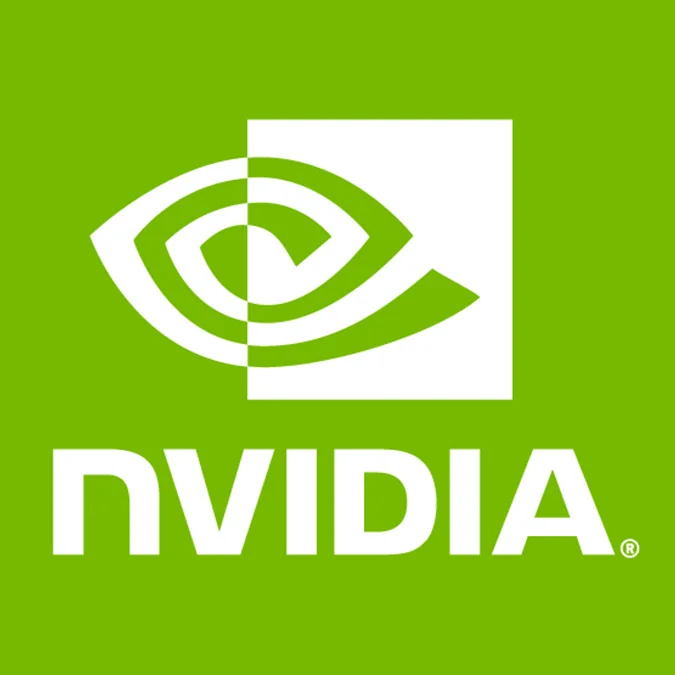Linux Continues To Improve Power Management For Older NVIDIA Tegra SoCs To Avoid Overheating

We've seen improved thermal code for these hot and aging Tegra devices, among other work. Most recently though is now a set of Tegra power management patches revised for a 14th time that are seeking to be included with Linux 5.17 (not to be confused with the Linux 5.16 cycle kicking off in a week or two).
That set of 39 patches intended for next year's Linux kernel provides run-time power management for Tegra drivers and enables core voltage scaling on Tegra20 (Tegra 2) and Tegra30 (Tegra 3) SoCs. The intention with these patches is to finally resolve some overheating troubles plaguing various Tegra-powered devices for those deciding to run the mainline Linux kernel on it / "after-market" Linux software options for the tablets and other hardware.
NVIDIA's Tegra 3 "Cardhu" reference tablet.
The patch series reworks more than four thousand lines of code for getting the Tegra 2 and Tegra 3 run-time power management and core voltage scaling support in order.
4 Comments

